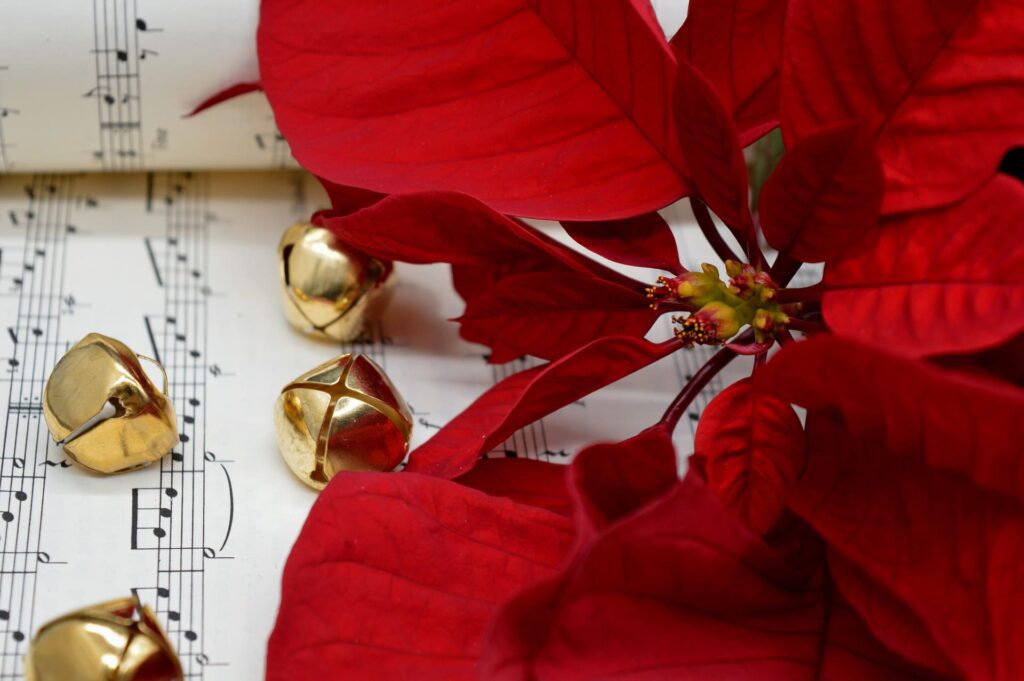Greetings, fellow lovers of the natural world! Now, let’s take a lovely trip into the fascinating realm of plants, with a particular emphasis on the endearing tiny flower called the Jingle Bell Flower. Edward Learn is my name, and I’m excited to be your guide as we decipher the secrets of this fascinating plant in simple terms.
What is the Jingle Bell Flower
Imagine yourself meandering through a meadow filled with a kaleidoscope of hues and scents when all of a sudden you come upon a delicate flower with tiny, bell-shaped petals that are softly swaying in the wind. The Jingle Bell Flower is that! Tecoma stans is its scientific name, but let’s just use the adorable moniker for now.

Appearance
Imagine a clump of tiny, bell-shaped golden-yellow flowers hanging from thin stems like little ornaments on a Christmas tree. The petals have a joyful glow when they reflect the sunlight since they are smooth and bright. The Jingle Bell Flower, with its vivid color and elegant shape, never fails to draw attention, even in spite of its diminutive size.
Habitat
You may be asking yourself where to get these beautiful flowers. The Jingle Bell Flower is indigenous to the warm, tropical regions of the Americas, which stretch from Argentina to the southern United States. It grows best in bright areas, frequently adding its sunny presence to parks, gardens, and roadside verges.
Growing Conditions
Aspiring gardeners need not worry, since cultivating Jingle Bell Flowers is surprisingly simple. It works nicely in sunny borders or container gardens since it likes well-drained soil and lots of sunlight. A little bit of routine watering and the occasional trimming to promote bushiness will soon pay off, providing your outdoor area with an abundance of golden blooms to cheer
Ecological Importance
The Jingle Bell Flower is not only beautiful to look at, but it is also very important to the ecosystem. Its nectar-rich blooms draw a wide range of pollinators, such as hummingbirds, butterflies, and bees, guaranteeing the plant’s life cycle continues. Its thick foliage is a useful complement to any natural ecosystem because it shields little animals from the elements and reduces soil erosion.
Cultural Significance
People have been enthralled by flowers’ beauty throughout history, incorporating them into legends, customs, and artistic creations. Native American civilizations in the Americas have long used the Jingle Bell Flower in traditional medicine and mythology, and this is not an exception. It is still a source of inspiration for poets, artists, and gardeners today, representing resilience and happiness.
Fun Facts
1. Did you know that the majestic trumpet vine and the Jingle Bell Flower are both members of the Bignoniaceae family?
2. The Jingle Bell Flower is regarded as invasive in certain parts due to its quick proliferation and ability to compete with local flora. It’s crucial to plant sensibly and keep non-native plants out of fragile environments.
3. Despite its tropical beginnings, the Jingle Bell’s Flower is an adaptable plant that gardeners throughout the world may use in a variety of settings, from humid rainforests to arid deserts.
Conclusion
And there you have it, individuals a clear, simple-to-understand introduction of the fascinating realm of the Jingle Bell Flower. I hope that this guide to the world of plants has piqued your interest and motivated you to learn more, whether you’re an experienced botanist or just a nature lover.
Thus, the next time you’re out and about, look for these golden treasures and don’t forget to stop and savour their plain yet profound beauty. After all, sometimes all it takes to remind us to take the time to stop, breathe, and recognize the wonder of life in a world full of sprint and bustle is a little flower.







